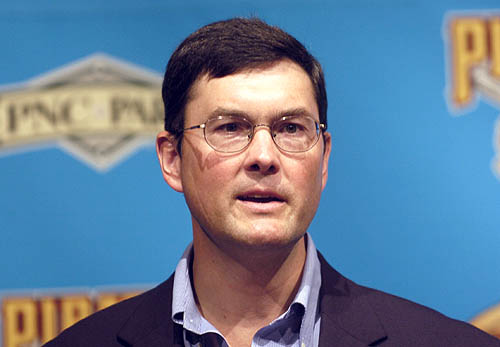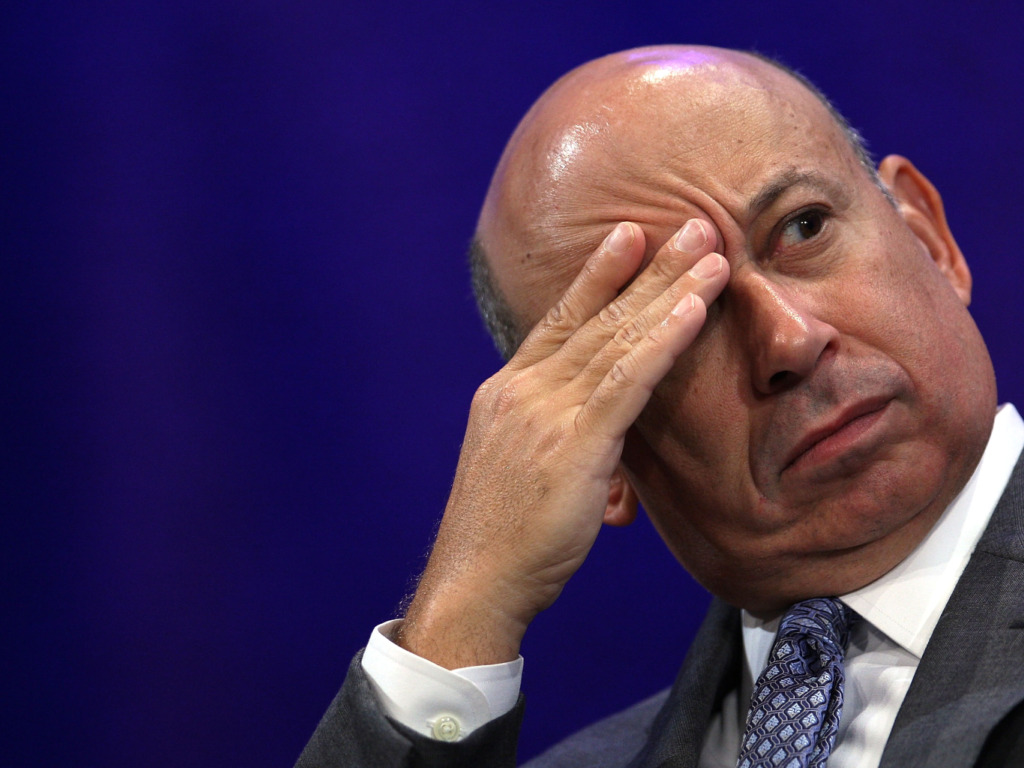This post ran in slightly different form (well, vastly different form) on Investopedia a few months ago. If you can’t get enough of us here, we’re all over Investopedia.
The Miami (né Florida) Marlins moved into a new ballpark this week. Total cost to taxpayers: obscene. But it’s justified, because a business location that size is far too large to be built with the owner’s own money. Besides, the stadium itself is an economic catalyst. With it, neighborhood businesses (“bars and restaurants” is the catchphrase we’re obligated to use here) see increased activity, and everyone wins.
Which is falsehood on a colossal scale. By the same logic, you can argue that taxpayers ought to foot the bill for every gas station, supermarket, movie theater and hardware store. Of course those businesses don’t get taxpayer funding, nor will they ever. And why not? Because politicians and blind fans have “civic pride” or something in their sports teams, but not their small businesses.
The Marlins play in a climate so conducive to baseball that major league teams from cold-weather cities have been training in it since decades before the Marlins were founded in 1993. Yet the Marlins routinely draw fewer fans than any other team, despite winning 2 world championships in their brief history. And the new park has a (retractable) roof on it. The Marlins estimate they’ll play only 11 or so open-air home games a year.
But because the Marlins used to play in a stadium they shared with a football team, they were losing money. They really had no choice. Now, the new park will enable cash flow, profits, and more importantly, a permanent presence in South Florida. The fans, such as they are, won’t have to worry about the Marlins moving to Indianapolis or San Antonio or some other city that’s big enough to house a major league team but that doesn’t have a stadium.
Is that true? Were the Marlins really losing money? Or any other team, for that matter? The official word is that most major league teams do operate in the red, which makes you wonder why the people who own the teams don’t bail out with their dignity and a few remaining dollars intact. But of course, this is all conjecture. You’d have to get your hands on a team’s financial statements to confirm. No pro sports team has been publicly traded since the Boston Celtics were, in the late ‘90s, so the documents are mostly unavailable to us.
Or were, until a few months ago when an anonymous source forwarded Deadspin the financial statements of several major league baseball teams. (Deadspin did the lion’s share of work for this post, but here’s full attribution.)
The statements included those of one of the perennially sorriest teams in sports, the Pittsburgh Pirates. They’re about to embark on their 20th consecutive losing season, by far the longest such streak in the history of North American pro sports. The Pirates moved into a new $216 million park in the middle of that streak, built courtesy of their generous friends the taxpayers. Did the new park boost attendance?
No. Ahead of the Marlins, the Pirates have drawn the second-fewest fans in the league in each of the last 7 years. (We told you they were consistent.) So the Pirates must be losing money hand over fist, right? Owner Bob Nutting has to be desperate to sell. Heck, if you’ve got a few bucks in the bank and a good credit history, you could probably name your price.
In 2008, a year in which the Pirates’ payroll was slightly more than the $45,047,000 it’s since been whittled down to, they lost 95 games and turned a $14,465,406 profit. On which they paid $57,157 in taxes. Or .4%.
Ticket revenue was $32,129,368, far too little to cover salaries. So how did the Pirates pay their players?
They didn’t. The other teams did. The biggest item in the Pirates’ revenue column is the $39,046,312 they received in transfer payments (“revenue sharing”). With that money, the Pirates could meet 77% of payroll. Fortunately for their opponents, the Pirates didn’t get “their” money’s worth.
A similar item, “Major League Central Fund receivable”, dwarfs all the Pirates’ other current assets. With it, the team’s partners’ equity thus totals $83,536,192. As major professional sports teams go, that figure is in National Hockey League/Arena Football territory. The Pirates’ value is to the Dallas Cowboys’ as the Cowboys’ is to Raytheon’s. Which is hardly big business, but it’s very healthy business: the Pirates enjoy a 17.3% profit margin. Then again, it’s easy to turn a profit when your competitors are covering all your losses and then some.
The unorthodox thing about owning a sports team, as opposed to just about any other enterprise, is that with the former you have an additional objective beyond the standard economic one. Every other business wants to maximize its profits. A sports team wants to maximize profits and, presumably, win. By slashing expenses, and thus relying on the largesse of his fellow owners, Nutting can put a consistently atrocious product on the field and not only turn a profit, but watch the value of his team increase.
Combine a perpetually irrational clientele (“This is our year! It’ll be just like 1979!”) with compliant opponents who agree to share revenue, and the Pirates have little incentive to ever improve. Otherwise, they’d end up with a $200 million payroll like the New York Yankees have, and would be net donors to the general fund, not net recipients.
Nutting’s case is hardly unusual. The Los Angeles Clippers are the NBA equivalent of the Pirates, albeit with one winning season in the past 19 rather than zero. Clippers owner Donald Sterling is notorious for his stinginess, one example of thousands being the time he fired the team’s trainer and asked the head coach to tape the players’ ankles. (Mercifully, NBA bylaws now stipulate what should have been unwritten, that each team must hire a trainer. And pay him.)
Yet the market value of the Clippers has increased considerably since Sterling bought the team for $13.5 million in 1982, even though Sterling himself didn’t do a thing to increase said value. We’re pretty sure that this wasn’t what JFK had in mind when he said that a rising tide lifts all boats. Enjoy the games, everyone.
This article is featured in:
**Top Personal Finance Posts of the Week-WalMart Bribery Scandal Edition**




